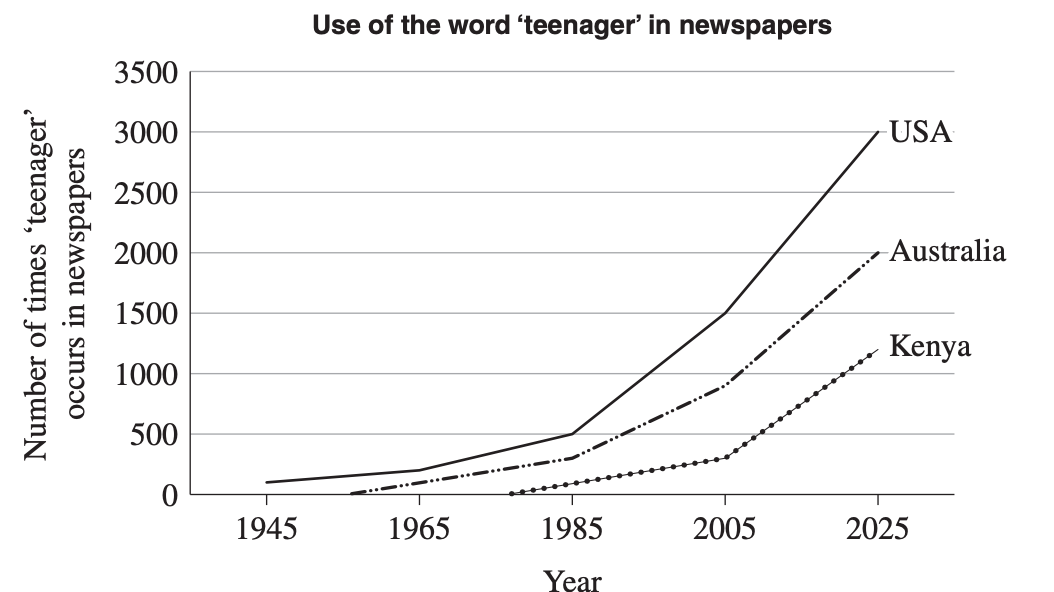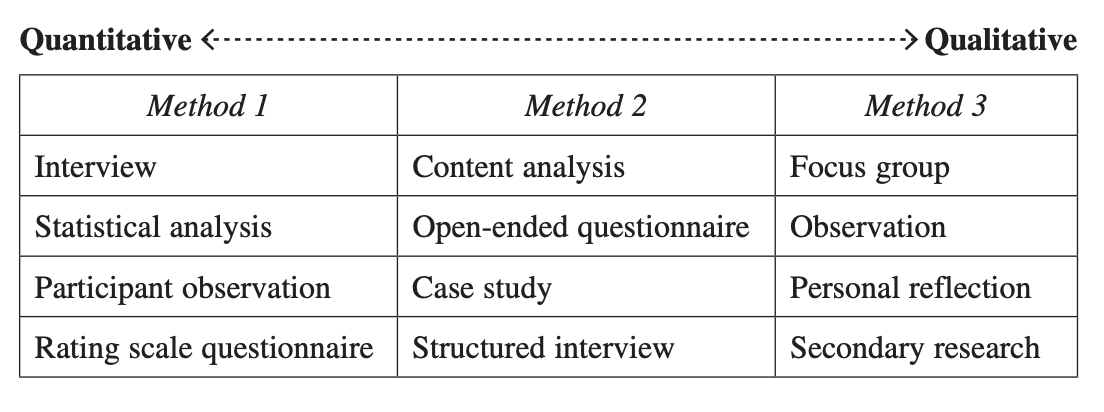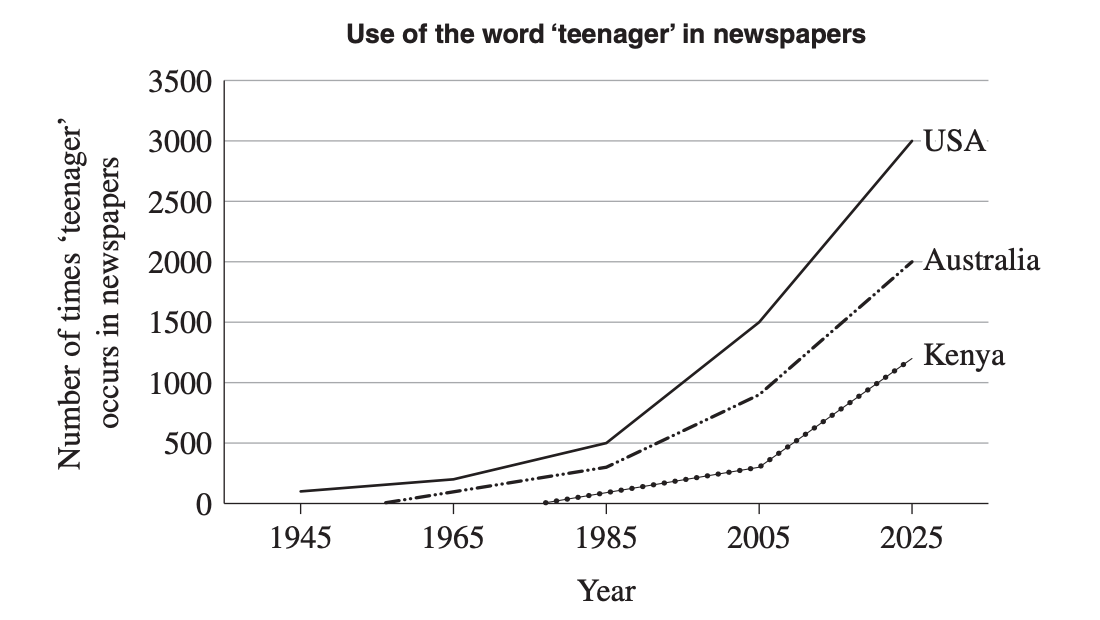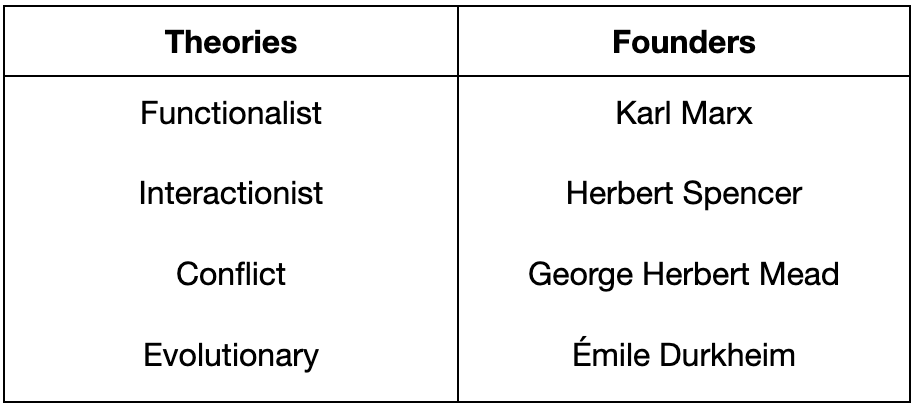Westernisation
The process by which societies adopt or become influenced by Western culture, values, practices, and norms.
Quantitative Research
Research that focuses on numerical data and statistical analysis.
Conflict Theory
Social change comes as a result of divisions in society.
Womenomics
A policy based on the idea that Japan can boost its economy by getting more women into the workforce
Which of the following best demonstrates resistance to westernisation?
A. Increasing popularity of Bollywood films in New Zealand
B. Limiting the use of global social media platforms in China
C. Coordinating neighbourhood Halloween activities in Singapore
D. Adopting menus of fast-food chains to cater for local demand in Japan
B. Limiting the use of global social media platforms in China
Modernisation
The process of societal development characterised by the adoption of modern technology, economic practices, political systems, and social institutions.
Qualitative Research
Research focused on non-numerical data, personal experiences and beliefs.
Functionalist Theory
Society is seen as a living organism with each institution contributing to the health and stability of the system.
Define:
Honne & Tatemae
Honne: The true feelings and intentions that a person holds privately.
Tatemae: The facade or public face that a person presents to conform to social expectations and norms.
Which process best explains the actions of the Australian Government?

Modernisation
Explain the difference between the micro, meso and macro worlds.
- Micro: Involves individual-level interactions and experiences within small-scale settings like families or peer groups.
- Meso: Concerns intermediate-level structures and organisations such as schools, workplaces, or communities.
- Macro: Encompasses large-scale societal systems, institutions, and patterns of behavior, like governments, economies, or global cultures.
Which research method would yield these results?
Content Analysis
Evolutionary Theory
Society naturally becomes more complex over time. From small scale communities to large industrial cities.
Karoshi
Death by overwork
Which of the following is correct?
A. Both statements are true.
B. Both statements are false.
C. Statement 1 is true and Statement 2 is false.
D. Statement 1 is false and Statement 2 is true.

A. Both statements are true
What are the five FUNDAMENTAL course concepts of Society and Culture?
Persons
Society
Culture
Time
Environment
Focus Group
A structured discussion with a small group of participants, guided by a moderator, to explore opinions, attitudes, or perceptions on a specific topic.
Interactionist Theory
People give meaning to events and perceptions of social interactions changes over time.
Translates into "pulling inward, being confined". Also known as severe social withdrawal, is total withdrawal from society and seeking extreme degrees of social isolation and confinement.
Hikikomori
Which combination of research methods is most likely to have been used by the student
to produce these results?
Closed-ended questionnaire and secondary research
Give an example of an institution at each level of society:
Micro
Meso
Macro
Micro Level:
- Family
- Friendship groups
- Religious congregations
Meso Level:
- School
- Corporations
- Hospitals
- Prisons
Macro Level:
- Government
- United Nations (UN)
- World Bank
Identify BOTH research methods:
1- Content analysis
2- Statistical analysis
Which social theory best explains the data on this graph?

Evolutionary
Give TWO examples of BOTH continuity and change in Japan (FOUR TOTAL).
Continuity:
- Hanami (cherry blossom viewing)
- Respect for hierarchical relationships
- Importance of filial piety
- Seasonal cuisine
- Practice of Kendo
Change:
- Popularity of Western-style weddings
- Shift in eating habits towards convenience foods
- Declining birth rate and aging population
- Adoption of Western business practices
- Emergence of subcultures like anime and manga
Which row of the table best expresses the continuum of quantitative to qualitative
research methods?
Row 4
Rating scale questionnaire -> Structured interview -> Secondary research
Distinguish between evolutionary change and transformative change.
Evolutionary Change: Gradual adjustments or improvements that occur within existing systems or structures over time, often resulting in incremental progress.
Transformative Change: Radical or fundamental shifts that lead to significant alterations in systems, structures, or paradigms, often resulting in profound and wide-reaching impacts.
TWO PART QUESTION
Which research method would yield these results?
+
Which processes of social change would most likely cause these results?
Research method: Content analysis
Social change processes: Westernisation and transformative change
What theory helps to explain the following phenomena:
The issuing of devices by government organisations to empower marginalised groups.
Explain your answer.
Conflict Theory
How has social change influenced Japanese society at the micro level? (2 EXAMPLES)
- Changing Family Dynamics:
- Shift from traditional patriarchal structures to more egalitarian roles within families.
- Increase in dual-income households as more women enter the workforce.
- Evolving Workplace Culture:
- Adoption of more flexible work arrangements, such as telecommuting and flextime.
- Emphasis on work-life balance and employee well-being.
- Altered Social Norms:
- Greater acceptance of diversity and individualism, challenging traditional conformity.
- Changes in attitudes towards marriage, with declining marriage rates and delayed marriages.
- Transformations in Education:
- Emphasis on holistic development and critical thinking skills in education.
- Increased opportunities for women in higher education and professional fields.
- Technological Integration:
- Proliferation of technology influencing communication, social interactions, and lifestyle choices.
- Rise of online communities and digital platforms shaping social connections and behaviors.
Which pair of social theories has been criticised for being unable to account for social change?
Interactionist and Functionalist
The interaction of which set of concepts is best demonstrated by the women’s actions?

Power, beliefs and empowerment
Justify the use of TWO research methods for developing a greater understanding of the correlation between ethnic background and social perception in western Sydney.
Quantitative Survey: Collect numerical data through structured questionnaires to measure the correlation between ethnic background and social perception in Western Sydney.
Qualitative Interviews: Conduct in-depth interviews to explore individuals' perspectives and experiences regarding ethnicity and social perception in Western Sydney.
Participant Observation: Engage in firsthand observation of social interactions and behaviors within diverse ethnic communities in Western Sydney to understand social perceptions in context.
Content Analysis: Analyse media, literature, or online discussions to examine representations and discourses related to ethnicity and social perception in Western Sydney.
Case Studies: Investigate specific instances or communities within Western Sydney to gain insight into the correlation between ethnic background and social perception through detailed examination.
Match the theory to the person:

Functionalist - Durkheim
Interactionist - Mead
Conflict - Marx
Evolutionary - Spencer
Using a theory of social change, explain the increased employment rates of women in Japan.
Evolutionary Theory:
- Explanation: Over time, societal attitudes and economic conditions in Japan have evolved, leading to greater acceptance and opportunities for women in the workforce.
- Example: Initially, women's roles were largely confined to domestic duties, but as Japan modernized and faced labor shortages, there was a gradual shift towards more women entering the workforce, especially during periods of economic growth.
Functionalist Theory:
- Explanation: Increased employment rates of women in Japan contribute to the overall stability and functioning of society by expanding the labor force and addressing demographic challenges.
- Example: With Japan's aging population and declining birth rate, the functionalist perspective emphasises the importance of women's participation in the workforce to support economic growth and sustain social welfare systems.
Conflict Theory:
- Explanation: The increased employment rates of women in Japan can be understood as a response to tensions and power struggles between different social groups, particularly between genders and within the labor market.
- Example: Women's entry into the workforce can be seen as a response to gender inequalities and discrimination, as well as a challenge to traditional patriarchal structures that have historically limited their opportunities for economic independence and advancement.
A school principal has proposed increasing the number of hours of school sport for each student.
Justify the use of ONE research method to investigate parents’ views about the proposal.
Sample answer: A questionnaire would be appropriate because it can yield quantitative and qualitative information. Closed-ended questions can elicit data from a large number of parents so trends can be determined based on the data and then used to inform school-based decisions. Open-ended questions allow for parents to provide their opinion in qualitative responses that include more detail and alternative viewpoints. Questionnaires can be distributed and collated electronically, which increases efficiency in the research process. They can also be completed anonymously if needed, which allows for more honest/open responses.